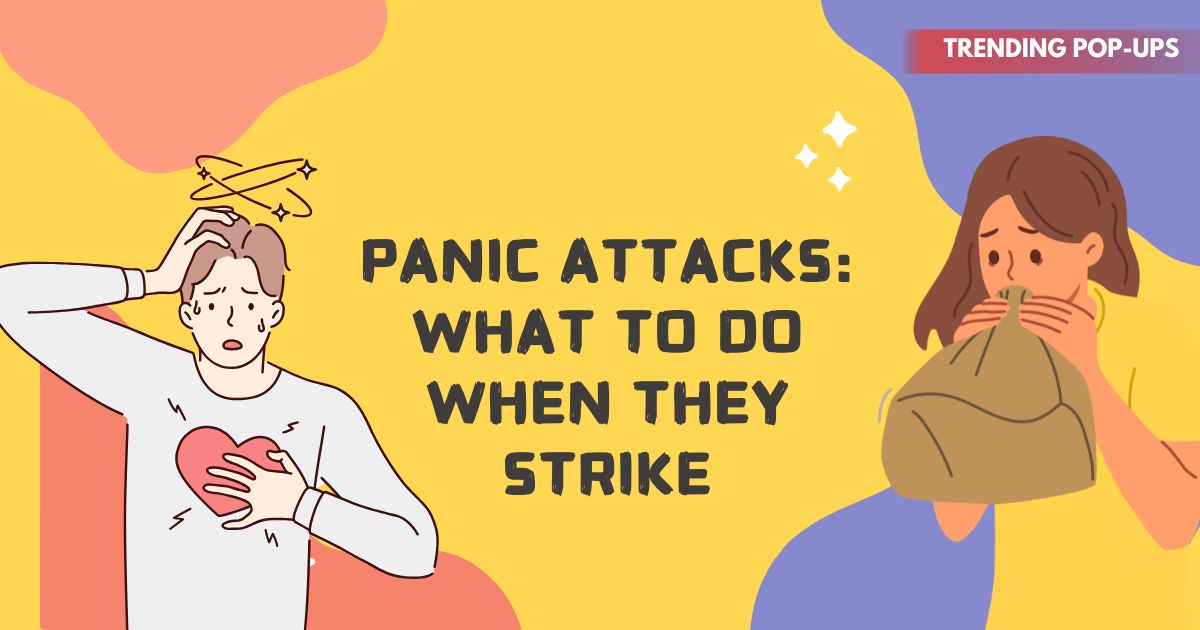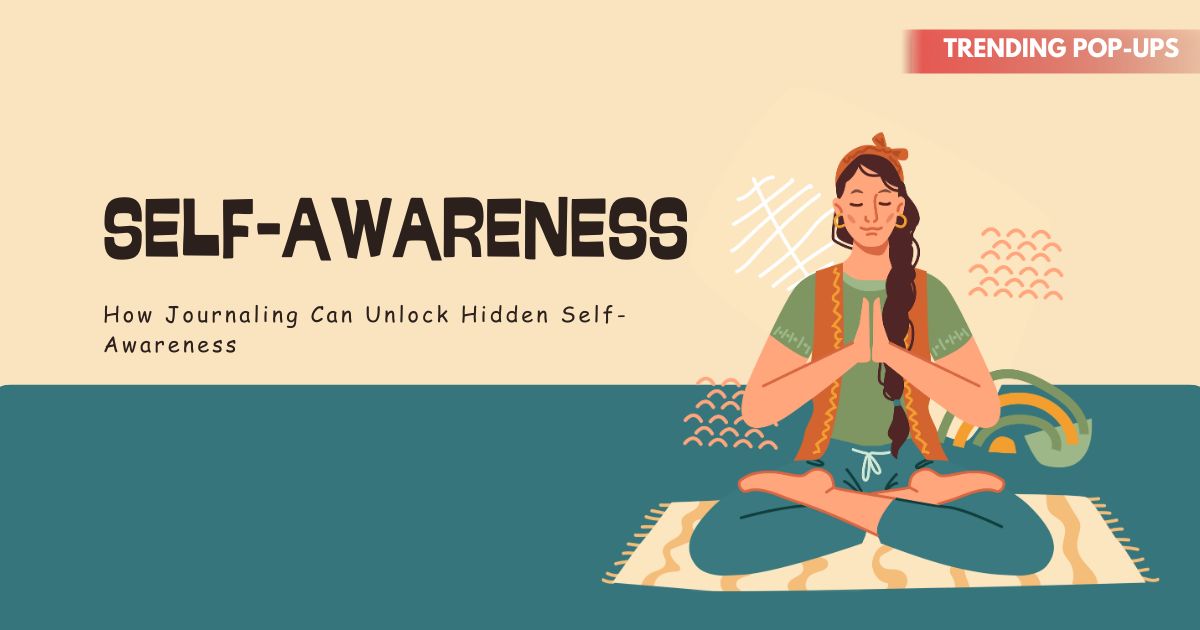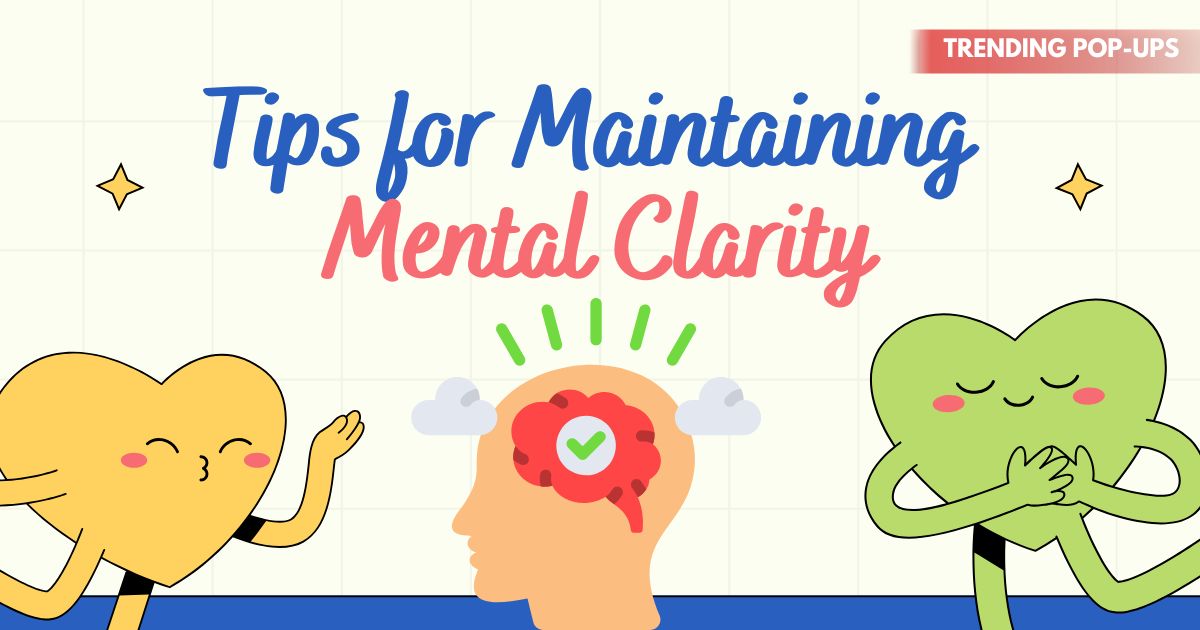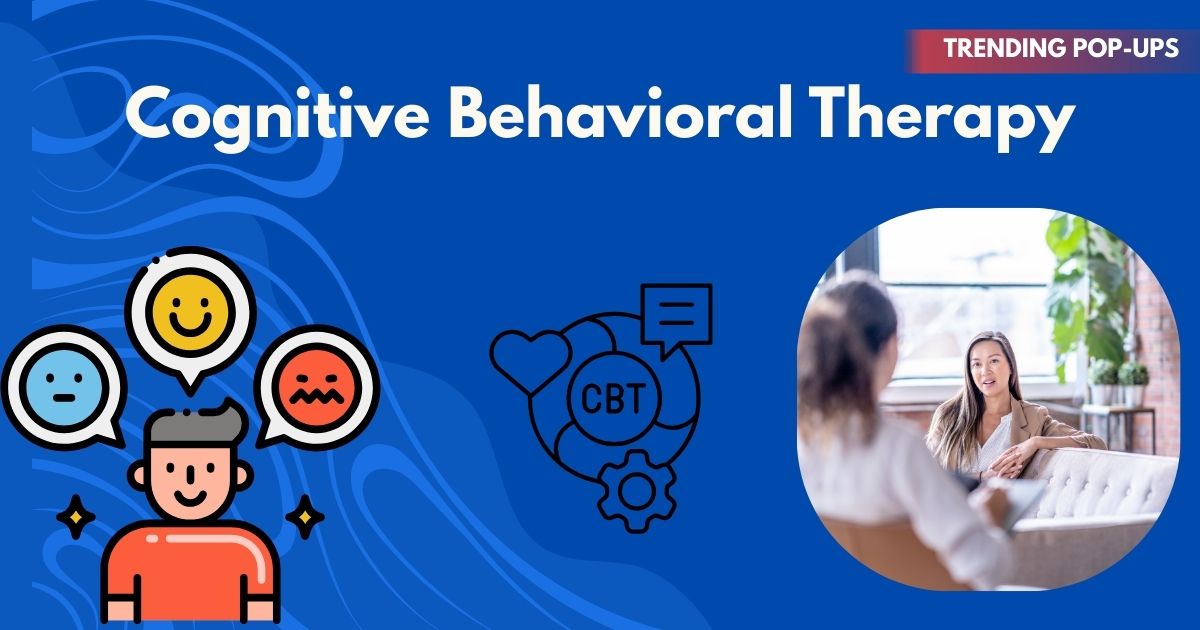A pounding heart, shortness of breath, dizziness, and a sudden sense of doom—panic attacks can be overwhelming and frightening. Millions of people experience them, often without warning, leaving them feeling powerless in the moment.
But here’s the good news: while panic attacks can feel uncontrollable, there are effective techniques you can use to manage them when they strike. With the right tools, you can calm your body, regain control, and reduce the fear of future attacks.
This guide explores what panic attacks are, why they happen, and practical strategies to manage them in real time.
What Is a Panic Attack?
A panic attack is an intense wave of fear or anxiety that triggers sudden physical and emotional symptoms. They typically peak within 10 minutes but can leave lingering discomfort afterward.
Common symptoms include:
-
Rapid heartbeat or palpitations
-
Sweating and trembling
-
Chest pain or tightness
-
Dizziness or lightheadedness
-
Shortness of breath or choking sensation
-
Fear of losing control or dying
While terrifying, panic attacks are not life-threatening. They are your body’s exaggerated “fight-or-flight” response.
Why Do Panic Attacks Happen?
The exact cause of panic attacks isn’t fully understood, but several factors can contribute:
-
Stress and trauma: High-stress situations or past trauma can trigger attacks.
-
Genetics: Family history of anxiety disorders increases risk.
-
Brain chemistry: Imbalances in neurotransmitters like serotonin may play a role.
-
Medical conditions: Thyroid issues, heart arrhythmias, or stimulant use can mimic panic attack symptoms.
Understanding your triggers is the first step toward gaining control.
Immediate Steps: What to Do During a Panic Attack
When panic strikes, it can feel impossible to think clearly. Having a set of techniques ready can help you manage symptoms.
1. Focus on Your Breathing
Rapid breathing intensifies panic symptoms. Try slow, deep breathing:
-
Inhale for a count of 4
-
Hold for a count of 2
-
Exhale for a count of 6
Repeat until your body begins to relax.
2. Ground Yourself with the 5-4-3-2-1 Technique
This sensory grounding method shifts your focus away from fear:
-
5 things you can see
-
4 things you can touch
-
3 things you can hear
-
2 things you can smell
-
1 thing you can taste
3. Remind Yourself: “This Will Pass”
Tell yourself that panic attacks are temporary, usually lasting only a few minutes. This reassurance helps reduce the fear of losing control.
4. Relax Your Body
Progressive muscle relaxation works well—tense one muscle group at a time, then release. This signals to your body that it’s safe.
5. Change Your Environment
If possible, move to a quieter, more comfortable space. Sometimes stepping outside or splashing cool water on your face can reset your nervous system.
Lifestyle Habits That Reduce Panic Attacks
Preventing panic attacks is just as important as managing them. Healthy lifestyle habits can make a significant difference.
-
Exercise regularly: Physical activity reduces stress hormones and boosts mood.
-
Limit caffeine and alcohol: Both can trigger or worsen panic symptoms.
-
Prioritize sleep: Rest supports a balanced nervous system.
-
Practice mindfulness: Meditation and yoga teach your brain to stay calm under stress.
-
Stay hydrated and eat balanced meals: Low blood sugar or dehydration can mimic panic attack symptoms.
Long-Term Management and Treatment
If panic attacks happen often, professional help is essential. Options include:
-
Cognitive Behavioral Therapy (CBT): Helps identify thought patterns that trigger panic and teaches coping skills.
-
Medication: SSRIs, SNRIs, or anti-anxiety medications may be prescribed.
-
Support groups: Sharing experiences with others reduces isolation and fear.
-
Breathing and relaxation training: Learning these techniques before an attack makes them easier to use during one.
Supporting Someone During a Panic Attack
If a loved one experiences a panic attack, here’s how you can help:
-
Stay calm and speak in a reassuring tone.
-
Remind them the episode will pass.
-
Encourage slow breathing.
-
Stay with them until symptoms ease.
-
Avoid minimizing their experience or saying “just relax.”
Your calm presence can help them feel safe.
When to Seek Medical Help
Although panic attacks themselves are not dangerous, it’s important to rule out medical conditions. Seek medical attention if:
-
Symptoms appear for the first time.
-
You experience chest pain that feels different or severe.
-
Panic attacks interfere with daily life.
A healthcare professional can confirm whether symptoms are panic-related or linked to another condition.
Also Read : Emotional Intelligence: The Secret to Stronger Relationships
FAQs
Q1. How long do panic attacks last?
Most panic attacks peak within 10 minutes and subside within 20–30 minutes, though aftereffects like fatigue may last longer.
Q2. Can panic attacks happen while sleeping?
Yes, they are called nocturnal panic attacks and can wake you suddenly with intense fear.
Q3. Are panic attacks the same as anxiety attacks?
Not exactly. Anxiety attacks build gradually in response to stress, while panic attacks come on suddenly and intensely.
Q4. Can lifestyle changes alone stop panic attacks?
For mild cases, healthy habits and coping strategies may be enough. More frequent or severe cases often require therapy or medication.
Q5. Should I avoid situations that trigger panic attacks?
Avoidance may provide short-term relief but can reinforce fear. Gradual exposure with professional guidance is more effective.



